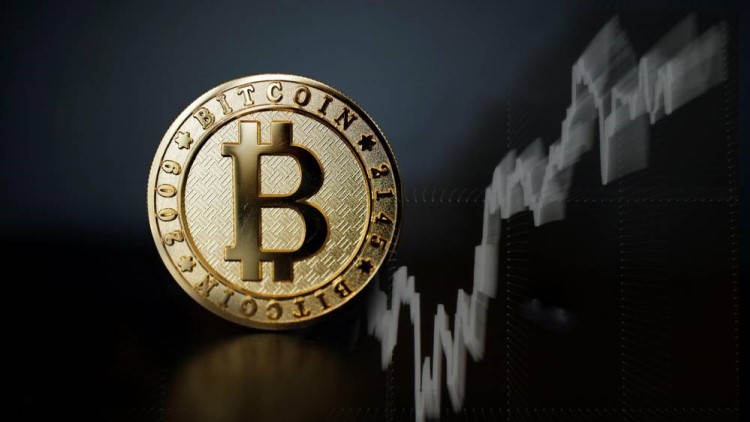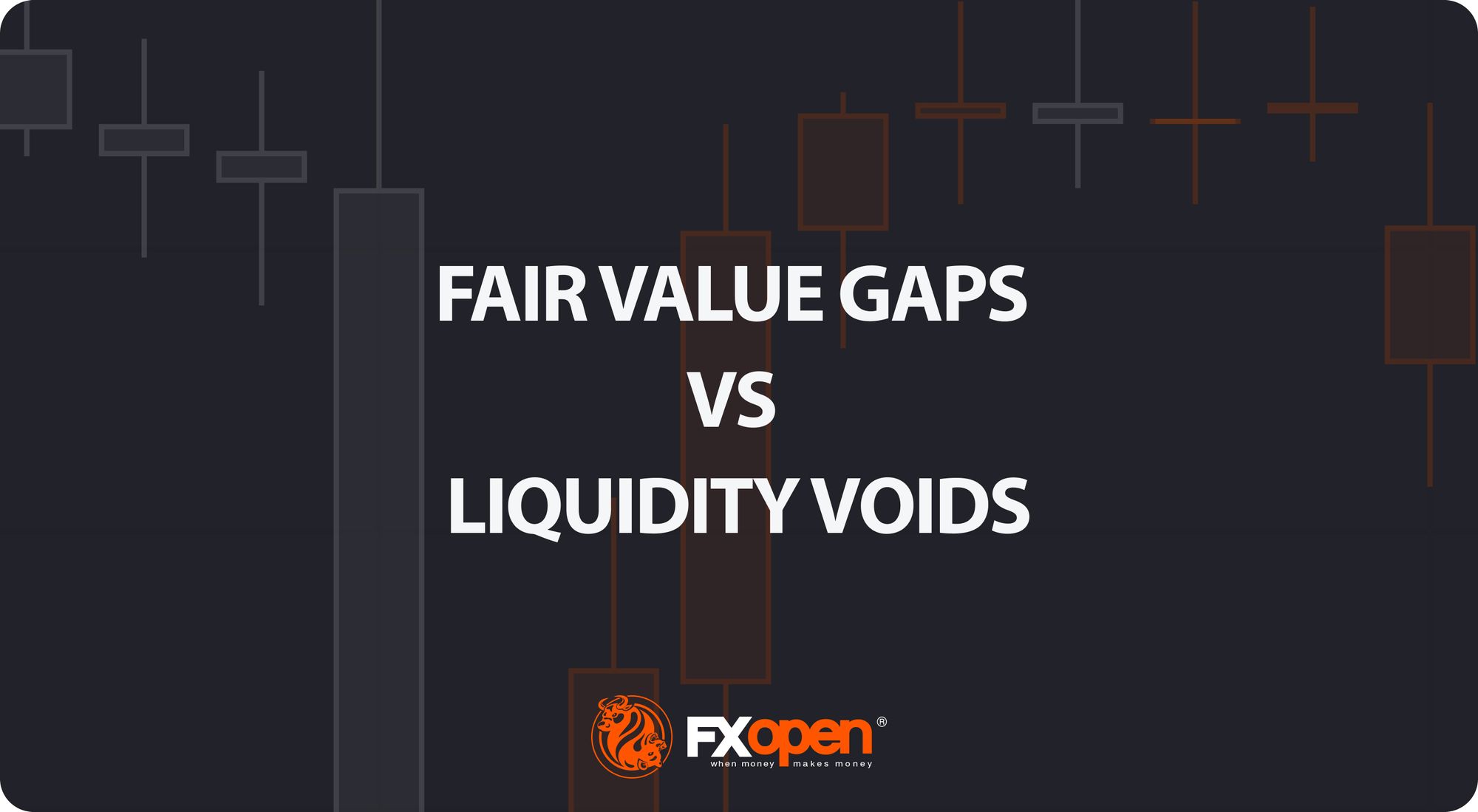FXOpen

Bitcoin just hit a new high of $667 yesterday. This is the highest level for the cryptocurrency since March 6th. The move up started after a consolidation that lasted for most of May. The brakeout occurred near the $440-450 figure and BTC/USD has since rallied $220, or around 50%. The amazing push up happened within 14 days!
But something is different this time around. Alternative cryptocurrency Litecoin is hardly changed versus the US Dollar. LTC opened the month of May at $10.85. Currently we are trading at $11.12, a gain of less than 3%. This is during a period that saw BTC/USD gain over 50%!
Now let’s see how the silver of the cryptoworld did in May compared to BTC. Take a look at the chart below. LTC opened May at 0.02465, then started to bleed slowly until eventually it hit a low of 0.01676. This is a whooping loss of 33%. Prices are currently slightly higher from the low at 0.01804. Here is a chart of the bloodbath in LTC/BTC. Notice how most of the losses for litecoin happened within the last two weeks during the massive bitcoin rally.
Let’s look at another popular altcoin – Peercoin. On May 1st PPC/BTC opened at 0.00495. By May 31st, Peercoin hit a low of 0.00293 versus bitcoin, a loss of an astounding 40 percent!
The Altcoin weakness doesn’t stop with these two – it is noticeable across the board. Popular alt Dogecoin fell from over 100 satoshis to 50, a loss of over 50% versus BTC. Old Altcoin Devcoin fell from 30 satoshis to 13 satoshis last month.
Let’s compare previous rallies
Let’s compare this situation with bitcoin’s most recent rally in November 2013. Back then, bitcoin rallied from $196 to $1090 within a month. During the same time window, litecoin gained from $2.28 to a high of $48.40. Versus bitcoin, the cryptosilver gained fivefold from 0.011 to 0.051 in November. This is a pattern that was repeated across all altcoins in November 2013. When you consider that most alts have a much smaller market cap, it isn’t surprising that they would both gain and fall in greater percentages compared to BTC. It takes a much smaller amount of money to move an altcoin than it does to move bitcoin.
What’s different this time around?
So what’s different this time around and why are altcoins not playing a ball? On May 22nd, Ripple’s project’s co-founder Jed Mccaleb announced that in two weeks he would sell his entire stake. It is estimated that he owns 9 Billion XRP, 9% of all XRP ever created, or nearly 100% of all XRP currently on the market. Ripple’s value crashed and its total market cap fell from 2 Billion to just over $30 Million, according to CoinmarketCap.com. Here is a chart of BTC/USD highlighting the day of the announcement.
Most of the gains in bitcoin happened after May 22nd when BTC/USD moved up from $478 to a high of $667. Just for comparison sake, here is the same LTC/BTC chart from above with May 22nd highlighted in yellow. It is clearly visible that most of the losses of LTC happened after the May announcement.
Conclusion
There is a crisis of confidence in AltCoins. The Ripple sale announcement showed just how fragile altcoins could be. Before May 22nd, Ripple held the undisputed number 2 spot in cryptoland with a market cap of over 2 Billion. Now it is at number 6, well behind Peercoin with $32 Million. Aside from the charts, anecdotal evidence also suggests that something is wrong in AltCoinia. In the last two weeks there have been a flurry of posts on Reddit’s bitcoin subforum where previous altcoin enthusiasts (usually Dogecoin fans) state that they are switching over to bitcoin. It is anyone’s guess how long will the exodus from alts last. But what is clear is that altcoins are not coming along for the ride this time.
The article is written by Petar Kotevski and is participating in the Forex Article Contest. Good luck!
FXOpen offers the world's most popular cryptocurrency CFDs*, including Bitcoin and Ethereum. Floating spreads, 1:2 leverage — at your service. Open your trading account now or learn more about crypto CFD trading with FXOpen.
*At FXOpen UK and FXOpen AU, Cryptocurrency CFDs are only available for trading by those clients categorised as Professional clients under FCA Rules and Professional clients under ASIC Rules respectively. They are not available for trading by Retail clients.
This article represents the opinion of the Companies operating under the FXOpen brand only. It is not to be construed as an offer, solicitation, or recommendation with respect to products and services provided by the Companies operating under the FXOpen brand, nor is it to be considered financial advice.





